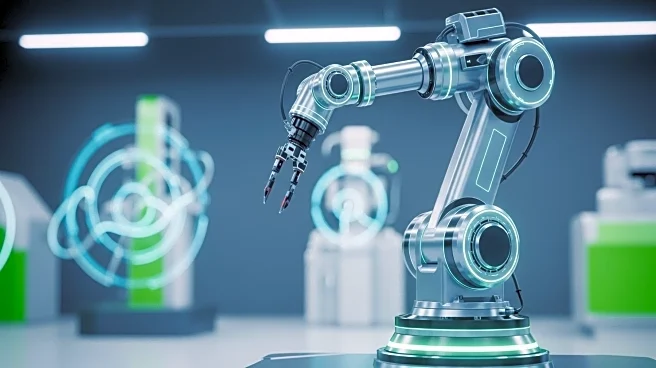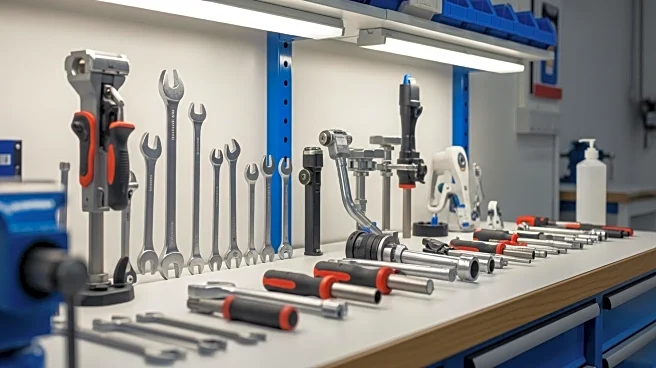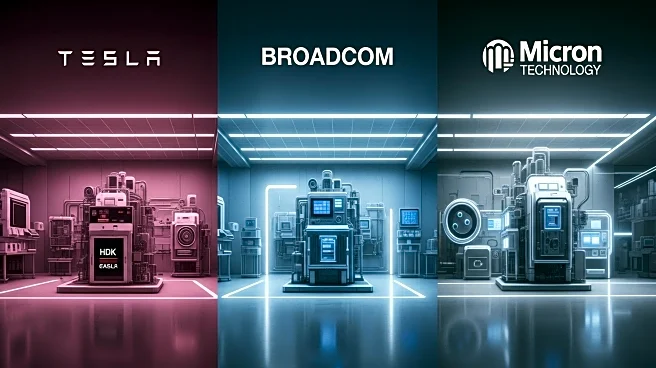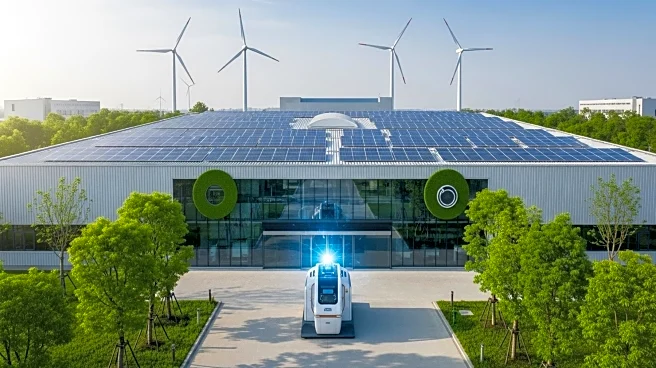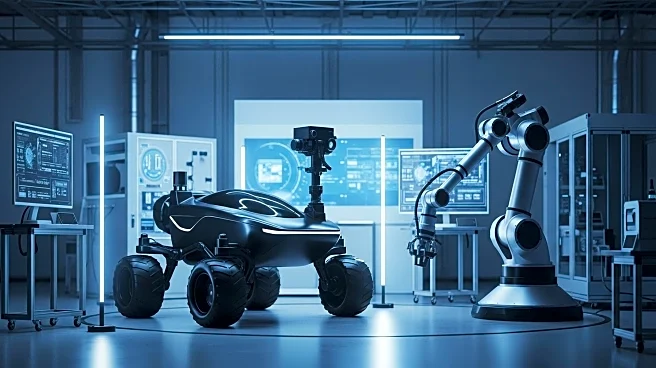What's Happening?
Manufacturers in precision industries such as aerospace, power generation, and medical devices are increasingly focusing on smarter surface processing techniques to improve product performance and reliability. Surface finishing, particularly edge finishing, is a critical yet often overlooked stage in manufacturing that can significantly impact component efficiency and reliability. Traditional methods like manual and robotic brushing are labor-intensive and inconsistent, leading to potential stress and damage to components. Recent advancements, such as Electrochemical Jet Machining (ECJM), offer a cleaner and more precise alternative, improving precision and repeatability while reducing environmental impact. This shift is driven by the need to meet rising regulatory and customer demands for higher quality and safer manufacturing processes.
Why It's Important?
The adoption of smarter surface processing methods is crucial for industries that rely on high-value manufacturing. By improving the precision and consistency of edge finishing, manufacturers can reduce rework and reject rates, leading to lower costs and enhanced supply chain resilience. This transformation not only boosts product performance but also aligns with the growing emphasis on sustainability and environmental responsibility in manufacturing. As industries face increasing demands for safety-critical components, the integration of advanced surface processing technologies becomes essential for maintaining competitive advantage and meeting stringent regulatory standards.
What's Next?
Manufacturers are expected to continue integrating smarter surface processing technologies like ECJM into their production lines. This transition will likely lead to broader adoption of automated solutions that consolidate multiple surface processes, enhancing efficiency and reducing environmental impact. As these methods become standard practice, companies that embrace innovation in surface processing will be better positioned to address the challenges of performance and sustainability in modern manufacturing. The focus will be on accelerating the integration of these technologies to gain competitive advantage and meet the evolving demands of regulators and customers.
Beyond the Headlines
The shift towards smarter surface processing highlights a broader trend in manufacturing towards cleaner and more sustainable practices. This transformation not only addresses technical challenges but also reflects a cultural shift in the industry towards prioritizing environmental responsibility. As manufacturers adopt these technologies, they contribute to a long-term shift in how value is added in manufacturing, emphasizing the importance of product integrity, safety, and sustainability.


